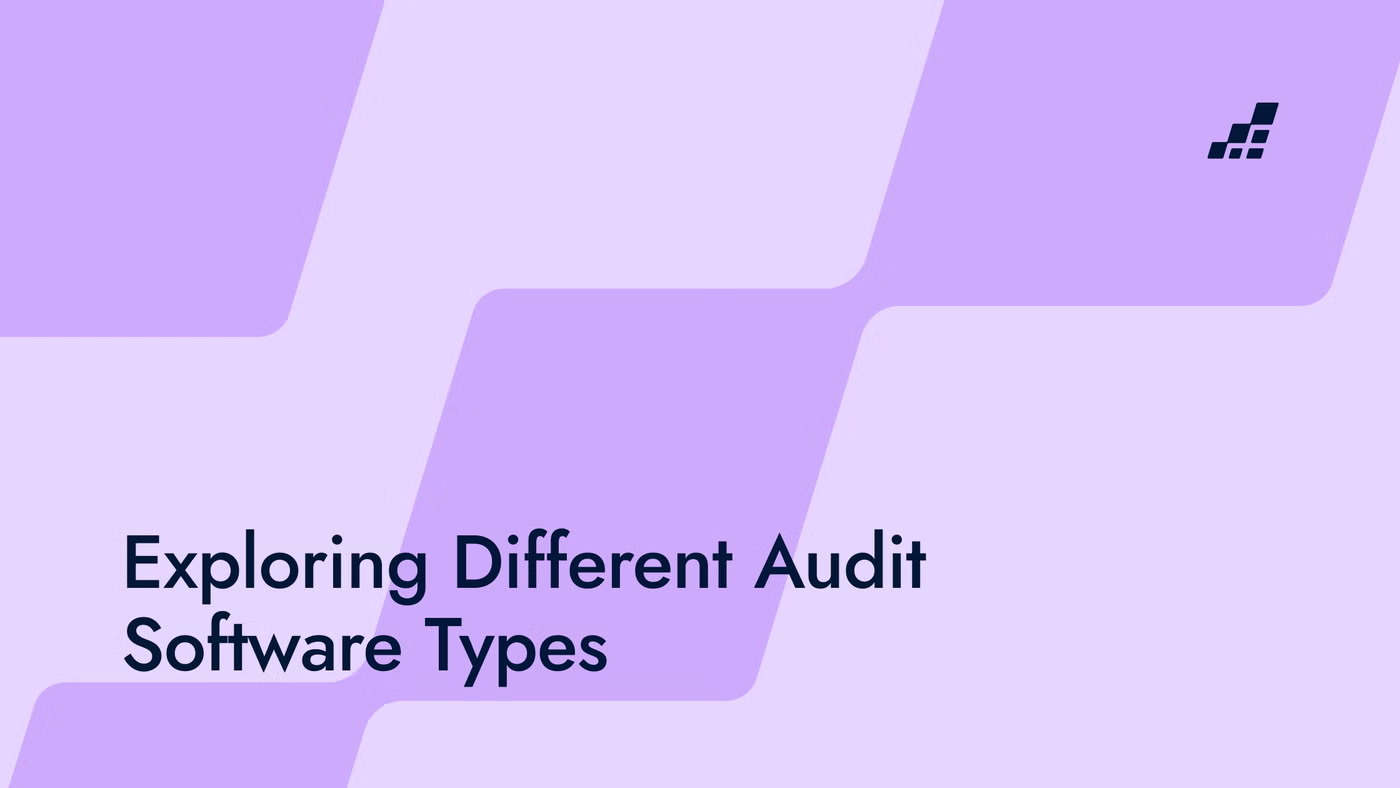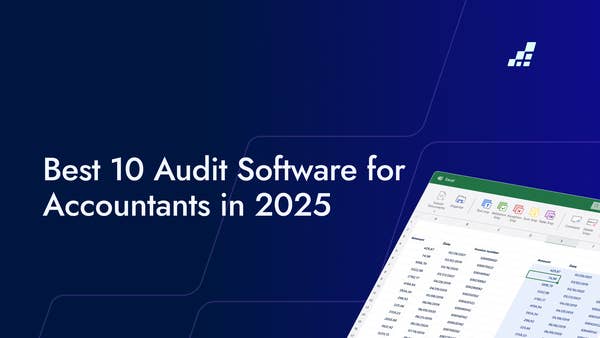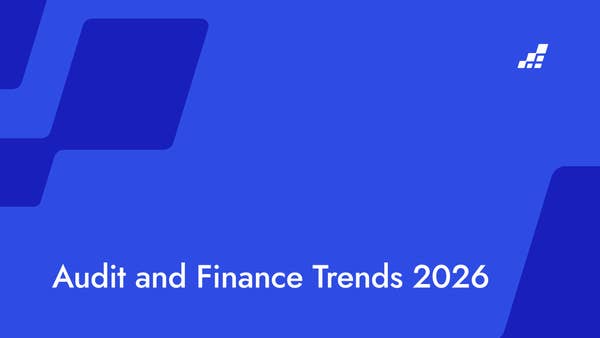- /
- Blog
Exploring Different Audit Software Types

With many different options available, each with its own special features for different auditing needs, audit software offers solutions tailored to specific requirements.
Audit Management Software
Audit management software is a type of application that streamlines the audit process. It helps in planning, executing, and managing audits, ensuring that all tasks are completed on time and following the set standards.
This type of software is designed to automate repetitive tasks, thus saving auditors valuable time and resources. One of the key features of audit management software is its ability to schedule audits and assign tasks to auditors.
It also comes with a tracking feature that allows managers to monitor the progress of each audit. Additionally, this software type provides a centralized platform for storing and retrieving audit data, making it easier for auditors to access and analyze information.
IT Audit Software
This type of software is essential in today's digital age where cyber threats are rampant. IT audit software comes with features that enable auditors to evaluate the security measures in place and to test the reliability of data processing systems.
It also provides tools for risk assessment, helping auditors to identify and prioritize potential threats. Moreover, IT audit software facilitates compliance with IT standards and regulations.
Financial Audit Software
Financial audit software is a specialized application designed for auditing financial transactions and records. Its purpose is to verify the accuracy of financial statements and ensure compliance with relevant financial standards and regulations.
This type of software enables auditors to analyze financial data and detect anomalies that could indicate fraud or errors. It also provides tools for generating financial reports and tracking the progress of financial audits.
Data Analysis Software
Another crucial type of audit software is data analysis software, which assists auditors in extracting insights from large volumes of data.
This software aids auditors in identifying patterns, anomalies, and trends within financial records, transactional data, and other relevant datasets.
By offering robust data manipulation and visualization capabilities, data analysis software helps auditors conduct comprehensive audits, improving efficiency, and enhancing the quality of audit outcomes.
Introducing DataSnipper
Automating manual tasks frees up time to spend on analyzing high-risk areas, leading to an overall higher quality of work.
Intelligent automation tools such as DataSnipper help teams scale faster. Share templates of procedures across the organization, boosting standardization.
DataSnipper’s powerful documentation trails make reviews more efficient. Centralize your work and present it as a cross-referenced Excel workbook.


